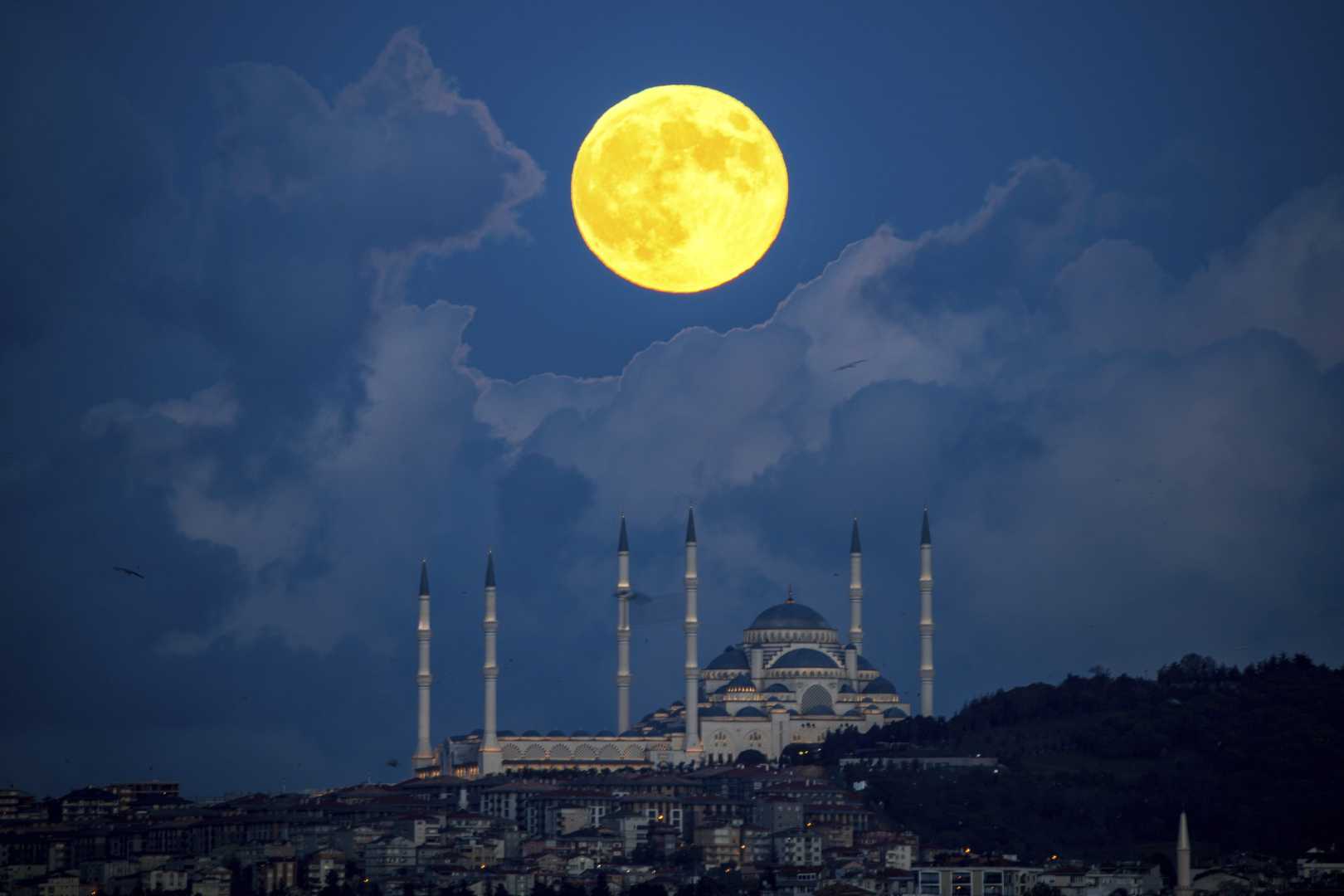World
Hunter’s Supermoon: A Global Phenomenon Captured

The Hunter's Supermoon, regarded as the largest and brightest full moon of 2024, illuminated skies worldwide on Thursday, October 17. Observers from around the globe captured stunning images of the moon, transforming the night sky with its dramatic brilliance. While Halloween may be more than a week away, the supermoon delivered an advance of its spooky allure.
Supermoons occur because the moon’s orbit around Earth is elliptical. Consequently, the moon is sometimes closer to the Earth at what is known as its perigee and at other times, it is further away, known as its apogee. This supermoon reached its closest point to Earth, at a mere 221,938 miles (357,174 km) away, which made it the most significant supermoon of 2024 so far. Notably, there will be another supermoon in November, but it is not expected to surpass October’s feat in size and brightness.
Photographer Chen Wein captured a beautiful shot of the supermoon over Shenzhen in Guangdong Province, China. In Germany, Daniel Roland captured the celestial event through tree branches in Gaiberg near Heidelberg. In Toronto, Ontario, photographer Mert Alper Dervis highlighted the moon’s vast proportions with a helicopter crossing its bright surface.
In New York City, the supermoon set against iconic backdrops like the Chrysler Building and was captured by photographers Selcuk Acar and Gary Hershorn. Across the Atlantic, a remarkable shot recorded by Nick Bull showed the moon dipping below Stonehenge in England, its orange glow reminiscent of a carved pumpkin.
Images from around the world showcased diverse perspectives and scenes. In Donegal, Ireland, a video by radio DJ Jimmy Stafford portrayed the moon shrouded in fog. Meanwhile, in Suzhou, China, Guan Yunan’s sharp and colorful photograph presented a more festive view, with the supermoon framed behind a Ferris wheel in Foshan.
Andrew McCarthy, an astrophotographer, shared his detailed image of the Hunter’s Supermoon, describing it as appearing larger and brighter due to its proximity to Earth. Notably, the phenomenon inspired photographers everywhere, sparking creativity under the moonlight.
The Hunter’s Moon derives its name from its historical ties. Traditionally, the full moon after the harvest moon is called the Hunter’s Moon, facilitating hunters in gathering game in preparation for winter. Its name traces back to 1710, according to the Oxford English Dictionary, and is connected to practices handed down through Native American and Colonial traditions, as well as other North American sources.
The next notable lunar event, the Beaver Moon, is anticipated on November 15, coinciding with another supermoon. As the cycle of celestial events continues, observers are encouraged to capture more spectacular lunar images which perpetuate our fascination with the night sky.












